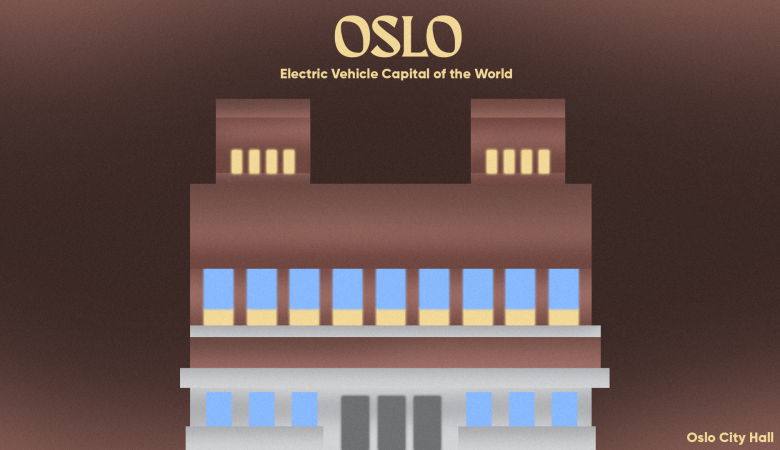The world is fighting the biggest war against climate change and during this critical period, smart cities are seen as hotspots of opportunities to reduce the environmental burden on Earth. From small towns to megacities everybody is committed to addressing climate change.
To prevent climate change, every region has its way to reduce carbon emission. Mobility is a key concern for a city in which car traffic accounts for 60 % of Greenhouse Gas (GHG) emissions. Oslo has not skimped on incentives to promote zero-emission cars, removing most taxes, offering free parking and access to charging points and ferries, and authorising the use of bus lanes – the congestion in these “free-flow lanes” being the price of the success of electric cars.
Oslo, the capital of Norway, is aiming to cut city emissions by 36% by 2020 and by 50% as soon as possible after 2020. By 2030, it envisions reducing emissions by as much as 95%. As the Eco Capital of Europe in 2019, it hopes to set an example for other smart cities. To reach the targets successfully, Oslo is showing its efforts and creating opportunities in areas including electric vehicles, smart grid, green buildings, renewable fuels, EV manufacturing, EV charging equipment and services and circular economy.
Known as the Electric Vehicle Capital of the World, 30 percent of all vehicles being sold run on electricity. In 2015, Oslo announced that by 2019 there would be no more cars in the city center and set about ramping up an already comprehensive public transportation system of underground trains, trams, buses, and bikes, and converting congested roads into biking and pedestrian areas throughout the city. Oslo Bysykkel offers bicycles for rent at more than 100 stations around the city. While streets are off-limits to private transport, they’ll still be wide enough and be accessible for delivery trucks to reach businesses within the city.
The city of Oslo is driving change in the building sector as well. Buildings in the city account for 20% of the total emissions. To curb this the city is developing strategies that will lead to banning fossil fuel for heating purposes by 2020. At present, fossil fuels have nearly been eliminated from Oslo’s district heating system. Today, 99% of the energy comes from recovering heat from the sewer system. Additionally, the smart city is also working on demonstrating the feasibility to construct climate-neutral buildings.
One of the keys to the transformation of the Norwegian capital is the link between public authorities and private initiatives. Smart Oslo Accelerator is a tool that provides an interface between local councilors and the private sector, particularly startups. The organisation regularly holds a contest, called the Smart Oslo Pitch, which enables entrepreneurs to present innovations that improve residents’ daily lives in all areas. Such innovations in Oslo include the trenchless installation of water pipes, using techniques that have been tried and tested in the oil industry. The projects are shorter and less disruptive to traffic and local residents.
Oslo is one of our favorite cities with green innovation and smart transformation. Oslo is serious about making changes with electrical vehicles to reduce emissions and being the Electric Vehicle Capital of the World. Oslo is also creating Smart Oslo Accelerator, an interface between local councilors and the private sector, particularly startups to create a smart transformation in this Norwegian capital. Which city will we discuss in the next article, Smart People? Let us know your opinion!
Author: Mia Patricia | Illustrator: Rizky Sabilurrasyid





